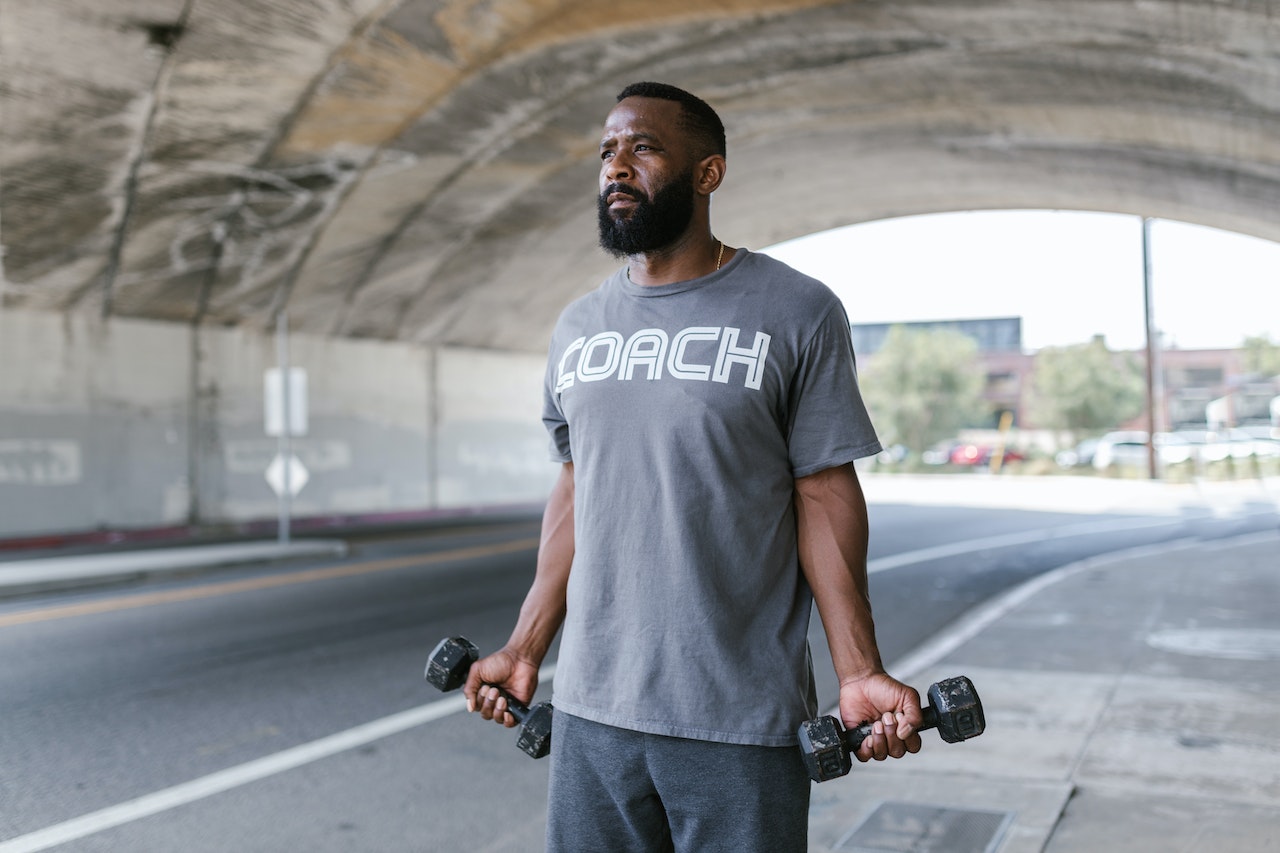
If you’ve ever visited the comment section of a video with a lot of views that shows someone performing an exercise, chances are you’ve seen comments arguing about technique. If you’ve read these arguments, it’s likely you read the term “optimal” at least once or twice. You’ve also probably heard “technique overweight” or something to that effect when asking for fitness advice or on how to start your journey.
Optimal technique is something that I’ve focused on learning about a fair bit. I even wrote another article talking about what constitutes perfect technique. But for a lot of people, it’s a bit of a red herring.
See, you don’t need optimal technique in order to see some pretty significant improvement to your physique, strength, mobility, and performance. Spending all of your time on trying to achieve perfect technique may wind up with you progressing much slower than you otherwise could.
Personally, I’ve spent a lot of time on making sure my own technique is really good. I’ve also done a lot of technique correction with the clients that I train. While I may strive for being able to perform perfect technique, I will not always execute it during my sets. My technique is always at least “good enough”. This means that my goal is not immaculate execution of movement, but safe progression in strength and muscle size.
If perfect technique mattered as much as some might say it does, then new gym-goers would barely be able to progress in their fitness journeys.
When it comes down to it though, technique is actually just a tool to aid in your progression.
If you are unable to progress in your movements or you find an exercise uncomfortable, it may be time to examine and improve your technique.
When I coach someone through a new movement, I tell them basic cues until they perform the movement basically correct. There’s always something they can improve on. But if they struggle to just perform the movement, I’m going to keep my technique coaching to a minimum until they can execute the exercise consistently without thinking too hard about it. Once they achieve a baseline of competence, then I might begin giving them tips on how to improve their technique. Even then it isn’t always necessary. If they are performing the movement safely and are seeing progress in the movement, they don’t need to worry about making the exercise completely optimal right away.
To further my point, I’ve often seen videos with people possessing great physiques performing movements and being critiqued by individuals with less impressive physiques in the comment sections. Their critiques of the observed technique may even be correct, but they are lambasted by other people saying something along the lines of
“but that person looks better than you, who are you to criticize?”
While their analysis of the technique may be accurate, they fail to realize what I’ve discussed so far. Optimal technique is not always necessary or even desirable when the time required to learn that optimal technique takes away from the potential gains, while they are still actively progressing with the suboptimal but “good enough” technique they are currently using.
In the end, technique is always necessary, but optimal technique is not.
In many cases, as long as you are not endangering yourself with your execution, and it achieves the desired purpose of the exercise, effort is a much more important factor. Taking a set near failure with suboptimal but sufficient technique is far superior to performing a set of ten reps with perfect execution when you could have done ten more with slightly worse execution.
Don’t always strive for perfect or optimal technique! Focus on the basics of technique as well as effort and consistency. If your technique is good enough, then keep it up. Improve your technique when it’s worth the trouble, but don’t fret too much about it.
Balance is a good thing: keep the time you spend on technique balanced too.



